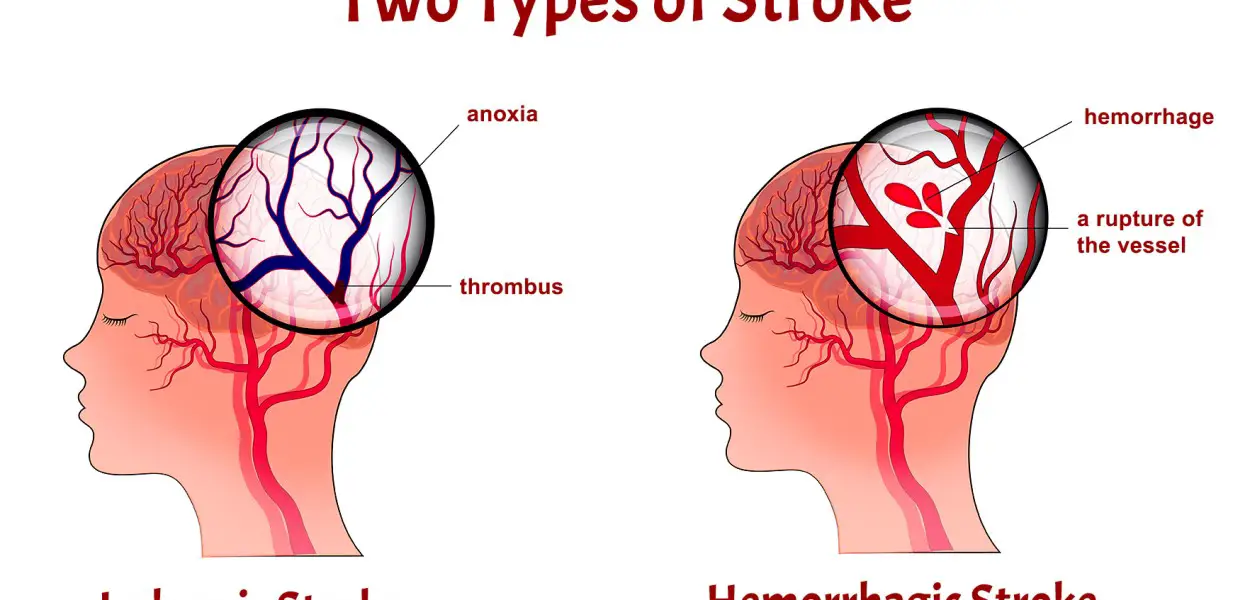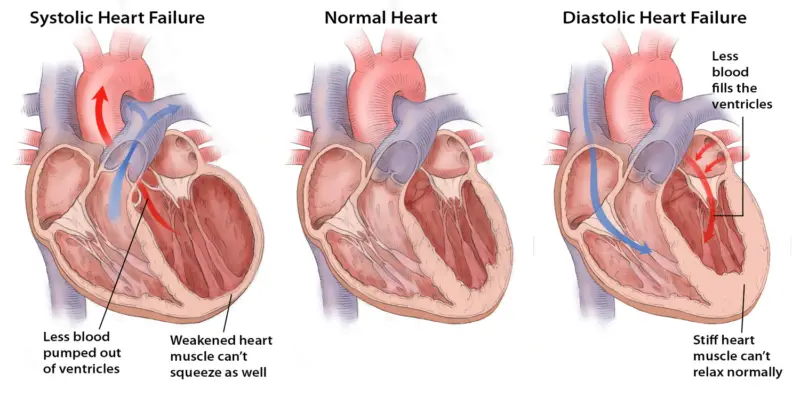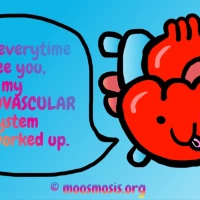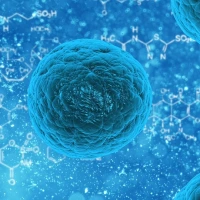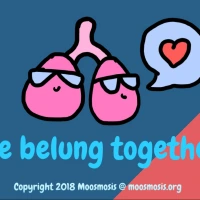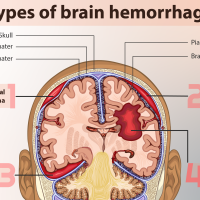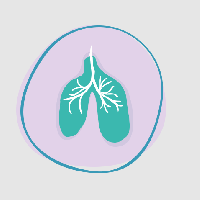Happy Holidays and Happy New Year everyone! We wish you a happy, healthy, and successful new year. We are very thankful for everyone, each and every one of our readers and supporters. Thank you so much for joining in our journey of lifelong learning and supporting global health and education around the world. To this date, over 2,293,580 lifelong leaners from around the world have visited our open-access global education website, including you! Dedicated to global education and lifelong learning, Moosmosis is an international youth organization that promotes lifelong learning in the arts and sciences and aspires to close the gap of educational disparities through open-access education. By creating and publishing original free articles, lessons, and unique e-learning games in both the humanities and sciences, Moosmosis provides diverse learning tools, open to all lifelong learners around the world. Our Moosmosis site is run 100% by volunteers from around the world. Thank you again for your support everyone, and have a Happy Holidays and happy New Year! 😀 Feel free to also check out the incredible e-learning games and popular articles below made by our Moosmosis members and lifelong learners! We couldn’t have done this without the incredible kindness of all our supporters from around the world. Thank you so much again for your compassion and support for our Moosmosis’s Mission for Global Health & Education for lifelong learners around the world. Please subscribe and share! Happy Holidays and Happy New Year everyone!!





